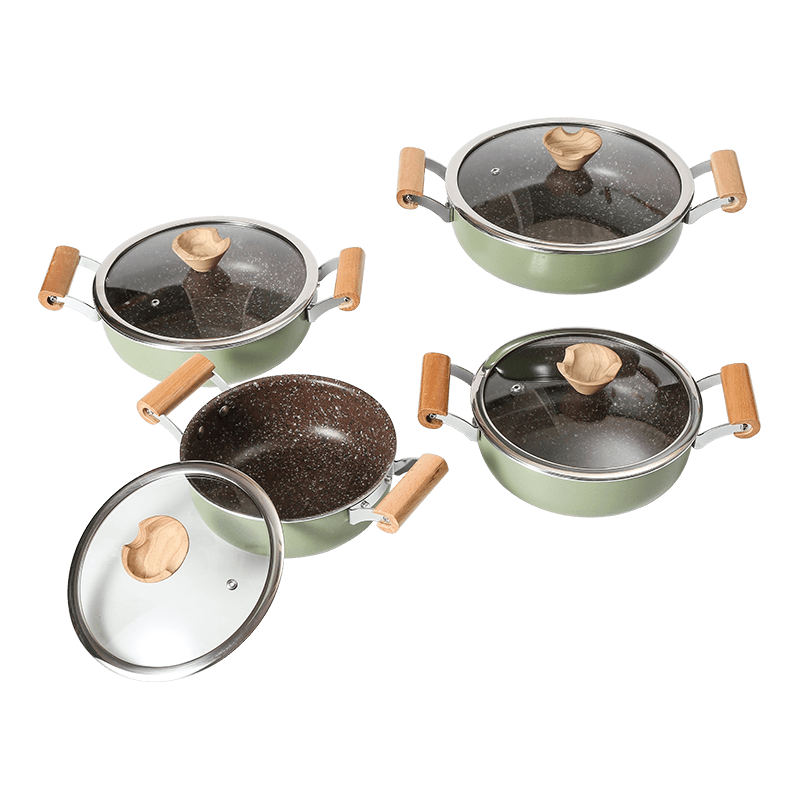Medium Density Fiberboard, commonly referred to as MDF, has become one of the most widely used engineered wood products across the globe. From furniture making to decorative panels, MDF has revolutionized the wood industry by offering a cost-effective and highly workable alternative to natural wood. Its popularity stems from its smooth surface, uniform density, and adaptability, making it a go-to material for architects, designers, and homeowners alike.
At its core, MDF is manufactured by breaking down hardwood or softwood residuals into fine wood fibers. These fibers are combined with wax and resin binders under high temperature and pressure to form strong panels. Unlike natural wood, which can have knots, grains, or imperfections, MDF boasts a flawless surface that can be easily painted, laminated, or veneered. This consistency makes it highly preferred in industries where precision and smooth finishes are essential.
One of the key advantages of MDF lies in its affordability. Compared to solid wood and plywood, MDF offers a more economical option without compromising functionality. Its cost-effectiveness makes it an ideal material for mass production of furniture, cabinetry, and interior fittings. Beyond affordability, MDF is also easier to machine, cut, and shape, which allows manufacturers to create intricate designs that would otherwise be challenging with natural wood.
In addition to its workability, MDF is known for its excellent surface quality. It provides an ideal base for paints, laminates, and veneers, resulting in furniture and decorative items that look elegant and polished. The absence of grain patterns allows for uniform finishes, making it a preferred choice for modern, minimalist, and sleek designs. Interior designers frequently rely on MDF to create stylish wall panels, shelves, and modular furniture systems.
However, MDF does come with certain limitations. It is less resistant to moisture compared to materials like plywood, which can lead to swelling or damage if used in humid environments. To address this, manufacturers have introduced specialized versions such as moisture-resistant MDF and fire-retardant MDF, expanding its usability across kitchens, bathrooms, and commercial spaces. Additionally, while MDF is strong, it is generally heavier than plywood and may not be suitable for load-bearing applications.
From an environmental perspective, MDF has a mixed reputation. On one hand, it makes use of recycled wood fibers, thereby reducing waste from sawmills and promoting resource efficiency. On the other hand, the use of resins, often containing formaldehyde, raises concerns about emissions and indoor air quality. Fortunately, technological advancements have led to the production of low-emission and eco-friendly MDF variants that comply with stringent environmental standards, offering a greener alternative for sustainable construction.
The applications of MDF extend far beyond just furniture. It is widely used in interior doors, moldings, wall claddings, speaker boxes, display units, and even flooring underlayment. Its adaptability makes it a versatile solution in both residential and commercial projects. In retail environments, MDF is frequently used to construct attractive display racks and counters due to its ease of customization and smooth finish.
Looking ahead, MDF is expected to maintain its relevance in the global market, driven by urbanization, rising demand for affordable housing, and increased preference for stylish yet economical interiors. With innovations in manufacturing techniques and growing emphasis on sustainable products, MDF will continue evolving to meet modern requirements.
In conclusion, Medium Density Fiberboard represents a remarkable balance between performance, cost, and aesthetics. While it may not completely replace natural wood in all applications, its versatility and affordability ensure that it remains a cornerstone of modern interior design and furniture production. As industries and consumers increasingly seek durable, sustainable, and customizable materials, MDF’s role will only become more significant in shaping the spaces we live and work in.




